Reportar esta entrada
Más sobre la misma comunidad-colección
Muro Digital tutorial para cargar
Audrey C. Davis is here to make uploading your pictures easier ...
Alfred Kleyhauer, Biblioteca Carnegie 1910
Alfred and Annie Kleyhauer, my grandparents, lived in El Paso ...
Annie Kleyhauer, 417 N. El Paso St, 1910
Annie on the porch of their rooming house at 417 N. El Paso St ...
Alfred and Annie Kleyhauer con cachorro alrededor de 1910
Alfred and Annie Kleyhauer, my grandparents, with their puppy ...
Alfred Kleyhauer con cachorro alrededor de 1910
Crawford's Theater in background. Alfred Kleyhauer with puppy ...
Annie Kleyhauer, cachorro, 417 N. El Paso St 1910
Puppy leaning on my grandmother, Annie Kleyhauer. She and ...
Medalla de El Paso club perrera 1910
Alfred Kleyhauer showed his Dalmatian dog in the 1910 El Paso ...
Medalla de El Paso club perrera 1910 dorso
Alfred Kleyhauer showed his Dalmatian dog in the El Paso Kennel ...
Programa del club perrera exposición canina 1910
Alfred Kleyhauer showed his Dalmatian dog in the 1910 El Paso ...
Programa del club perrera exposición canina 1910
Alfred Kleyhauer showed his Dallmatian Dog in the 1910 El Paso ...
Programa del club perrera exposición canina 1910
Alfred Kleyhauer showed his Dalmatian Dog in the 1910 El Paso ...
Alfred Kleyhauer at Poodle Dog Barber Shop (Barbería de perro caniche) alrededor de 1910
We believe this is the Poodle Dog Barber Shop, at 318 San ...
Poodle Dog Barber Shop (barbería de perro caniche) alrededor de 1910
This is the interior of the Poodle Dog Barber Shop, at 318 San ...
Consulado General de México - Mini Digie
Opening Reception - June 28, 2016 - 12:00pm Mini Digie will ...
Molina Healthcare Helping Hands (Molina cuidado de salud manos que ayudan) y Dr. Cleo
April 23, 2016 First Book Distribution Family Festival at ...
Tom Lea delante del mural del Paso del Norte - 1938
Tom Lea in front of the Pass of the North mural, 1938 Often ...
El Palacio de Justicia de los Estados Unidos de El Paso - 1936
The El Paso U.S. Courthouse, also known as El Paso Federal ...
Edificio W.S. Hills - El Paso, Tejas
In 1936, Tom Lea had his studio in the second floor of this ...
Veteranos de Vietnam de El Paso - 2016
El Paso, Texas: City Rep. Acosta, Dist. 3, Chair for the Welcome ...
Bienvenidos a casa Veteranos de Vietnam - 2016
Photograph - families uploading photographs of Vietnam Veterans. ...
FRANCISCO VILLELA & LEONARDA (LEONOR) OCHOA de VILLELA
OUR GREAT GRANDPARENTS ON MY FATHER'S SIDE - FRANCISCO VILLELA ...
FAMILIA FAVILA GALAN (VILLELA) - NUESTROS ABUELOS
OUR GRANDPARENTS ON BOTH SIDES OF OUR MOTHER AND FATHER CAME ...







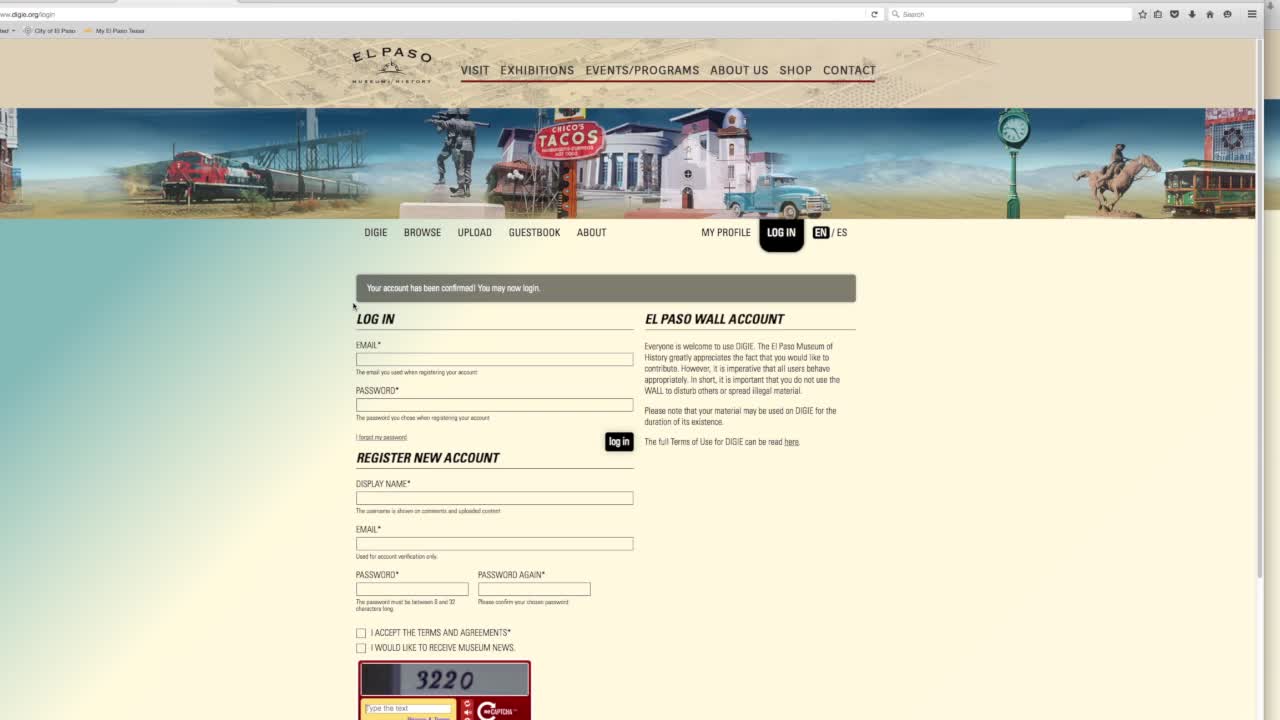
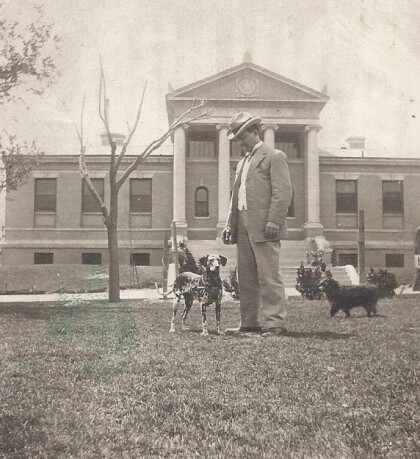
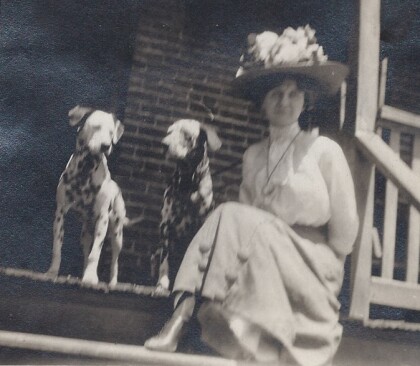
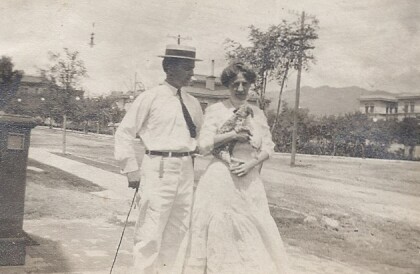
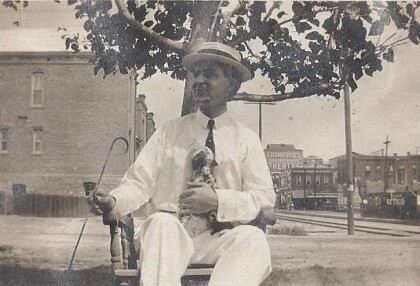
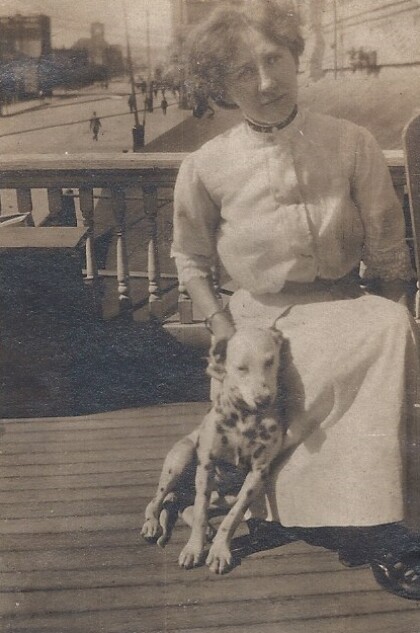
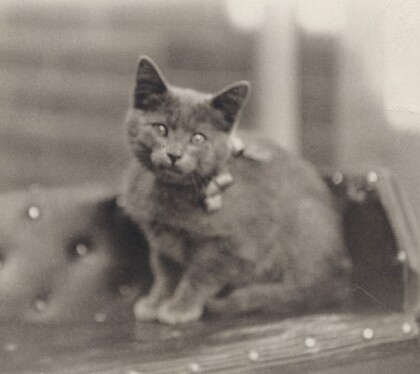
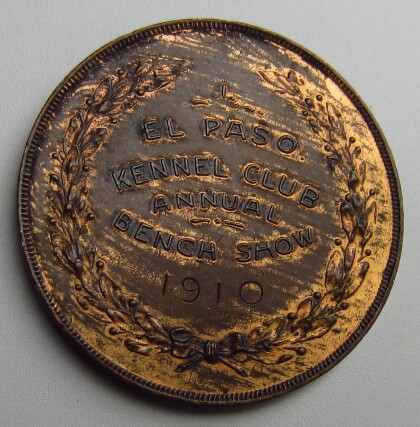

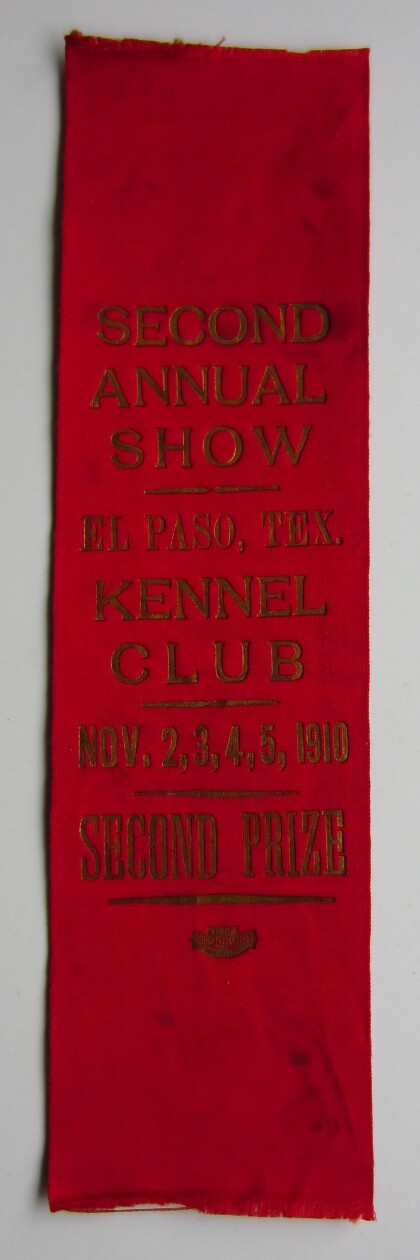
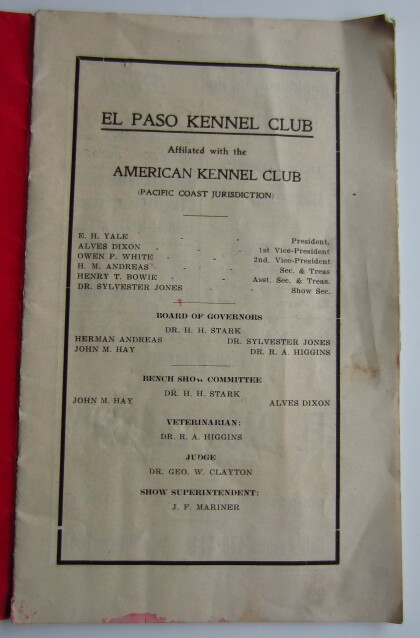
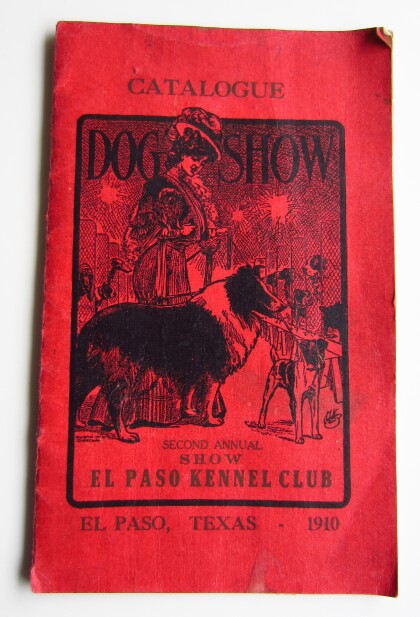
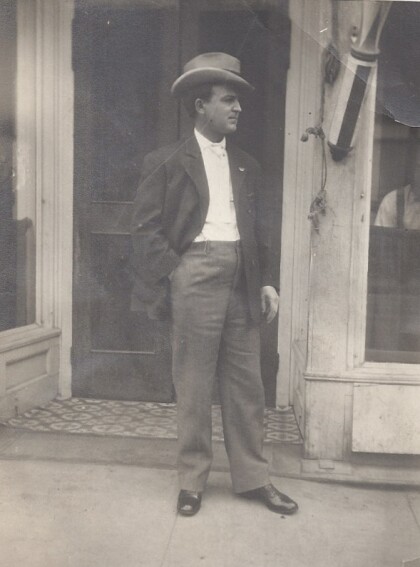
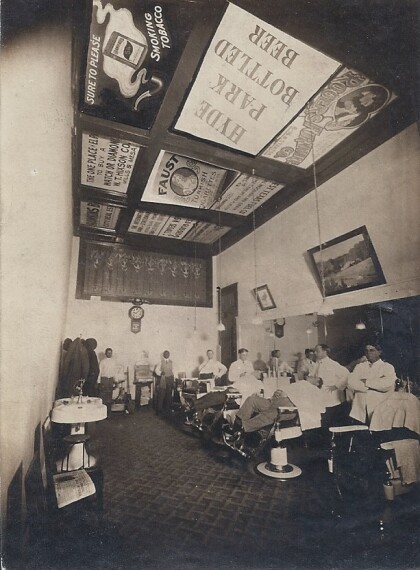


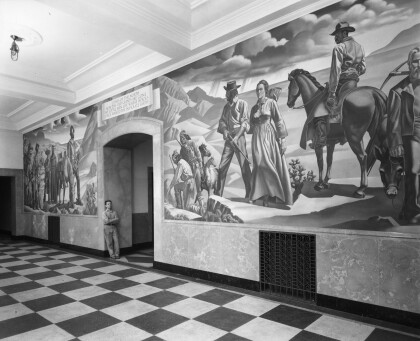
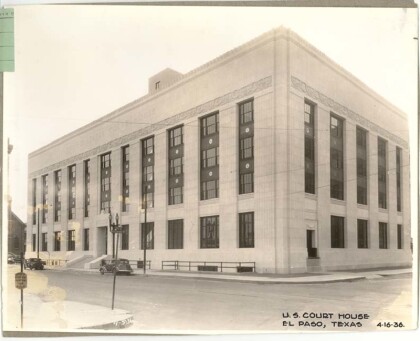
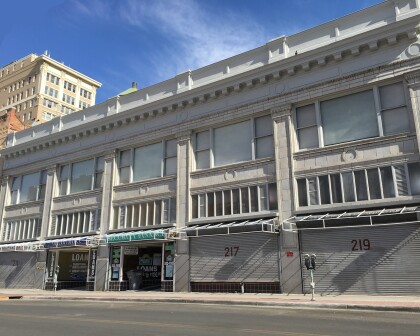
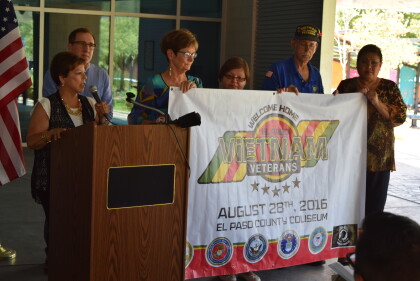
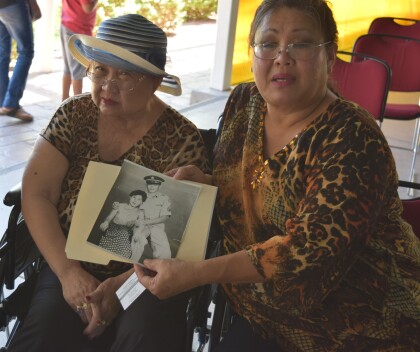
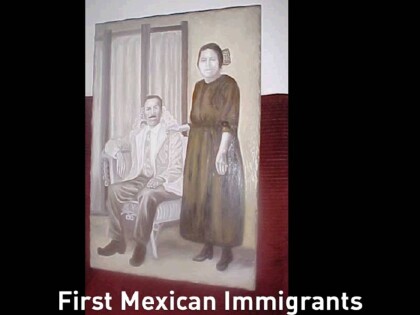
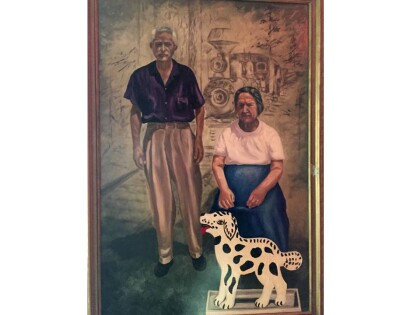
Comentarios
Hacer un comentario